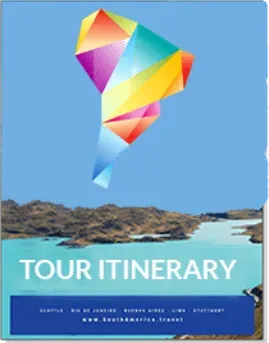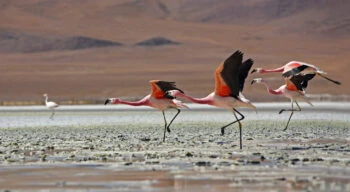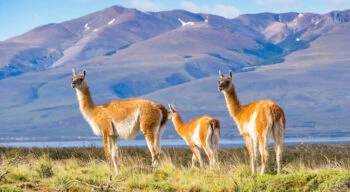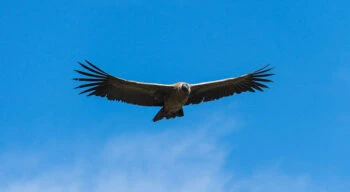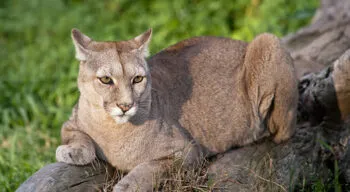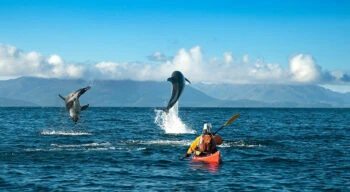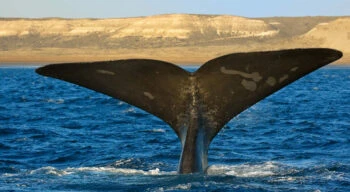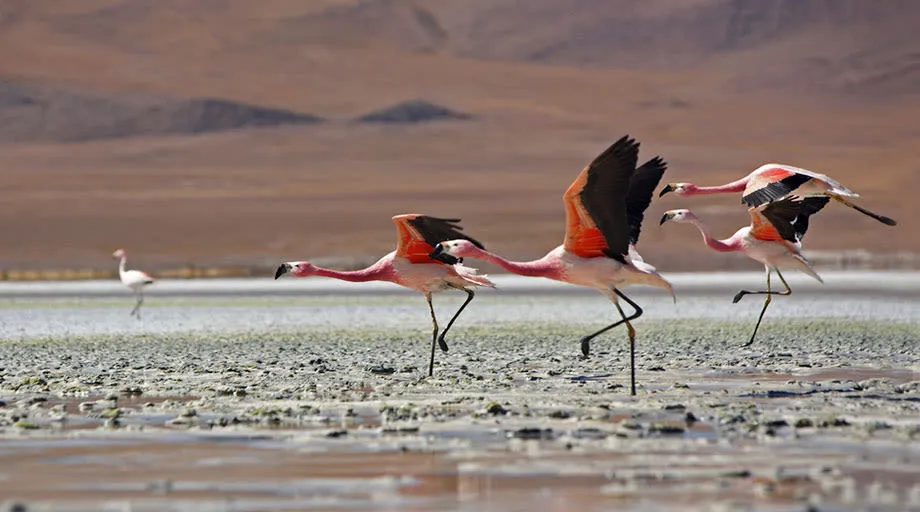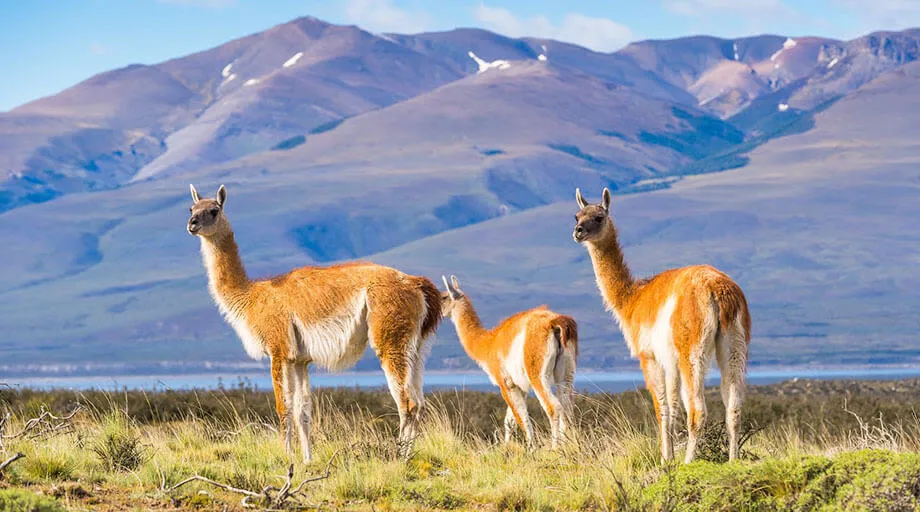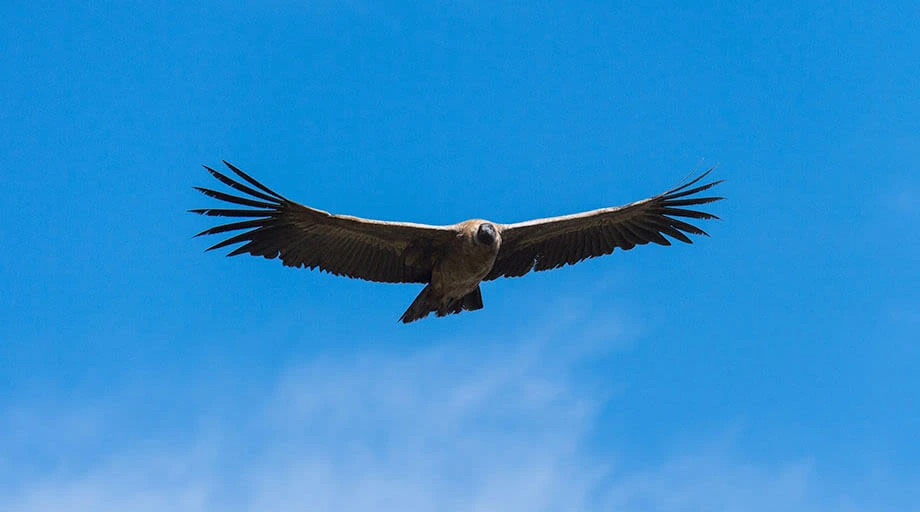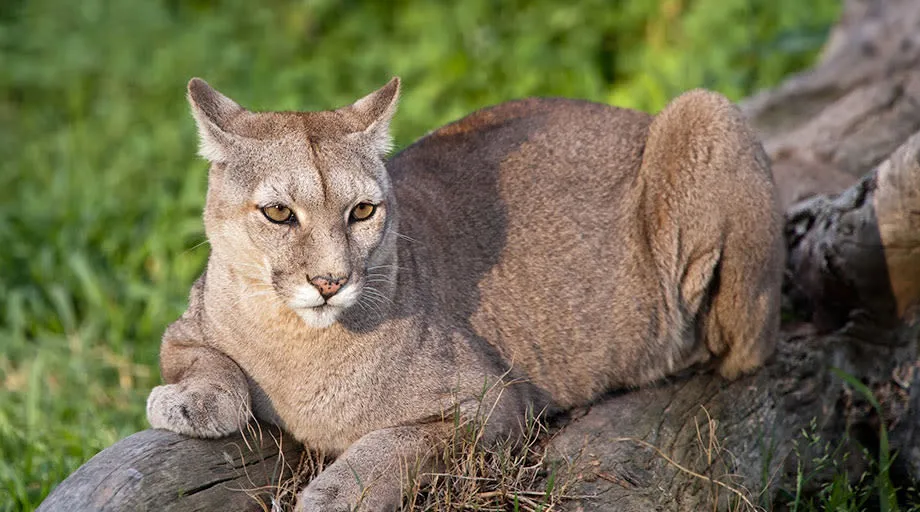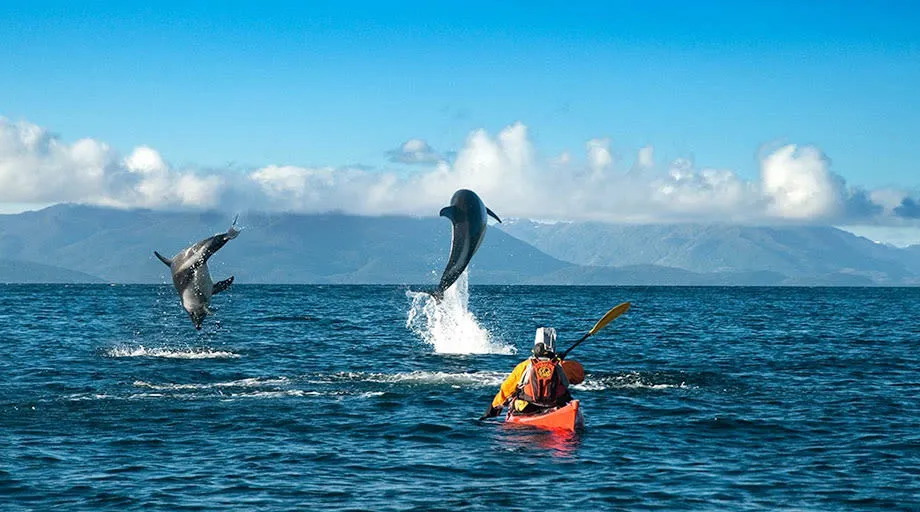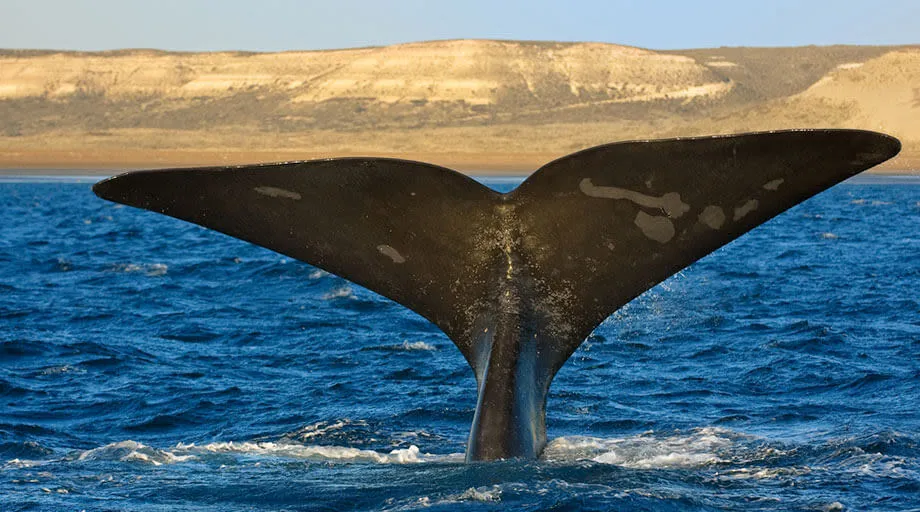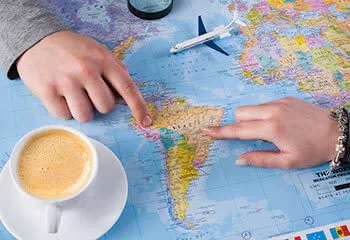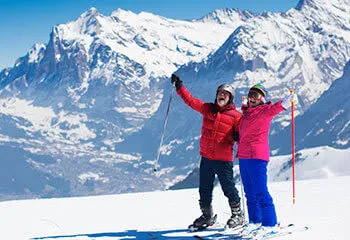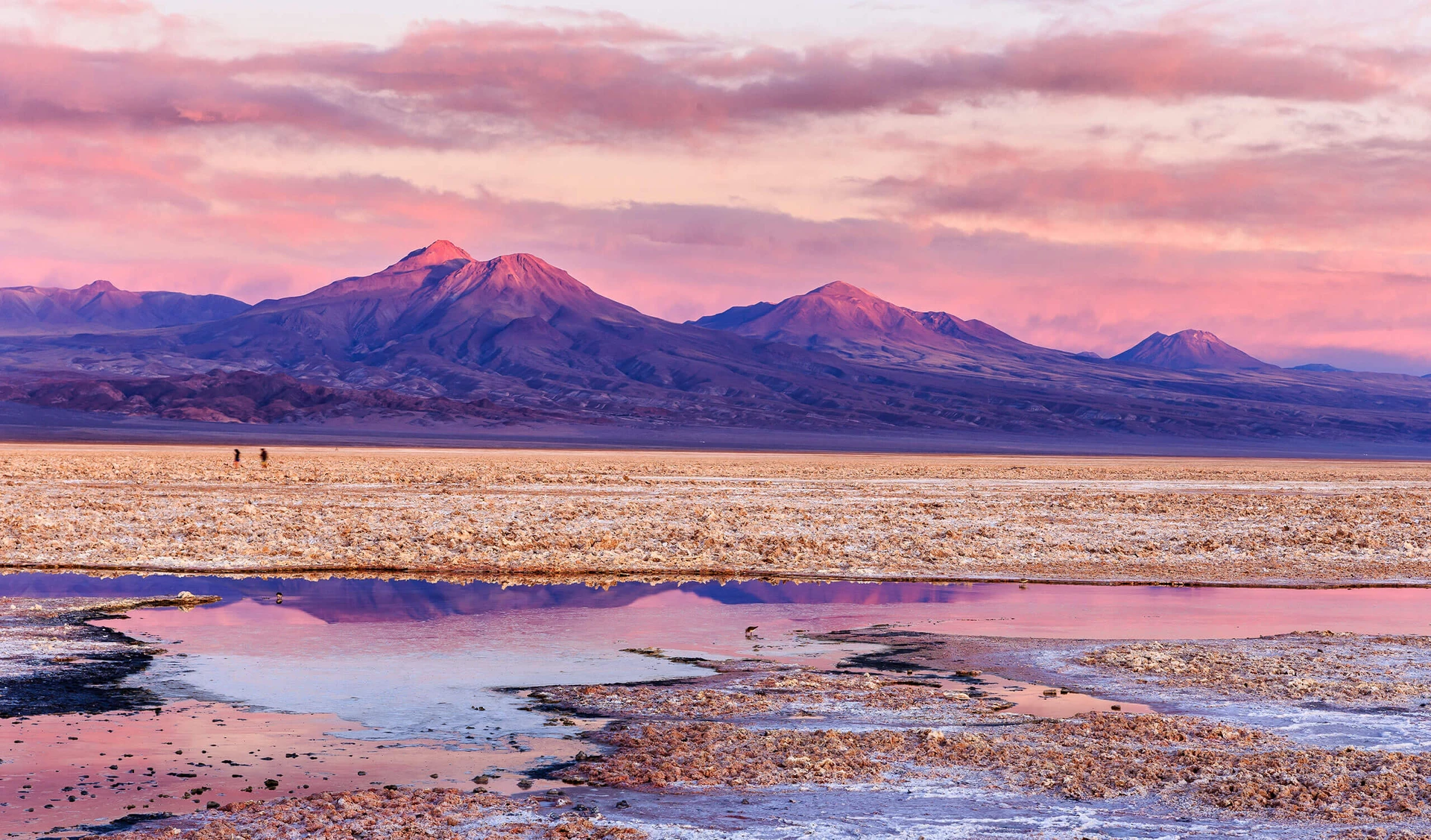
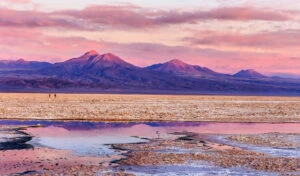
Chile Overview
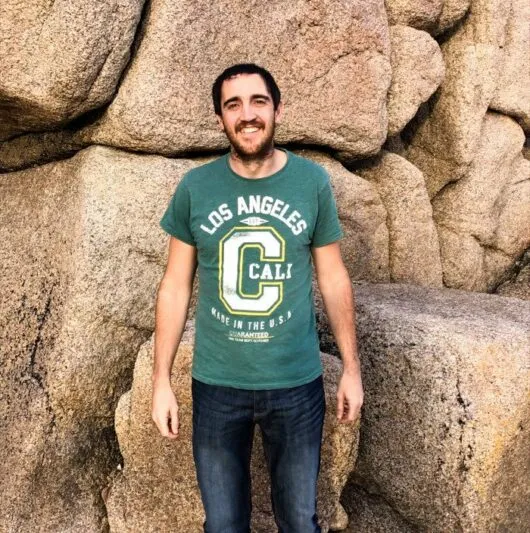
Sean McBride
Chile Expert
History of Chile
Ancient History
The first humans in Chile arrived about 12,000 BC and were hunting and gathering communities like much of the world. However, in the North of Chile, archaeologists have discovered farming settlements as early as 2,500 BC. For the most part, Chile remained a country of random hunting and gathering groups or small agricultural centered tribes known as the Araucanians. The Araucanians were nomadic tribes belonging to three different cultural groups, the Mapuches, the Picunche, and the Huilliche. Though all considered Araucanian Indians, these three groups had little political and cultural unity, only occasionally aligning on military interests.
It wasn’t until the Incas conquered northern Chile in the 15th century that there became a more central rule in the north’s territories. Meanwhile, the local indigenous groups of the Araucanians continued life without the influence of the Inca empire in the north. By 1533, a newly established power entered Chile, the Spanish Empire. Under the rule of General Pedro de Valdivia, modern-day Santiago, the country’s capital, was founded in 1540.
Tensions between the local Mapuches and Spanish colonizers continued to grow throughout the occupation. The Araucanians fought off soldiers and colonizers who persisted in entering their terrain to create new Spanish cities. Finally, in 1553, the Araucanians organized a rebellion known as the Araucanian Wars, nearly capturing Santiago and razing several other Spanish colonies in the process. However, an epidemic of smallpox among the tribes halted the war and resulted in a staggering defeat for the Araucanians. While the Mapuches were pushed back into forested, outlying regions, the Picunche and the Huilliche were either killed or assimilated into the dominant mestizo culture. Despite these constant clashes, by the end of the 17th century, the population of Chile was about 100,000, and by the end of the 18th century, it was nearly 500,000, most of whom were people of mixed race.
Recent History
In 1970, Salvador Allende (a socialist) was elected president of Chile. Allende tried to bring business back to national industries and created extreme agricultural reforms. Nonetheless, the government’s deficit was still too large. The price of coppper fell internationally and inflation exponentially increased in chile. In 1973, a coup was formed by Augusto Pinochet which turned into a destructive dictatorship. While his tactics were not admirable, Pinochet did bring some economic success, at first. Unemployment decreased and inflation settled. Though, in the 1980s, Chile entered a recession and took years to recover.
In 1980, a new constitution was written by Pinochet stating that he would rule until 1988. It would then be up to the people on whether or not they have a military rule or an election. As one can predict, the Chileans opted for an election and in 1989 elected a Christian Democrat named Patricio Aylwin as president.
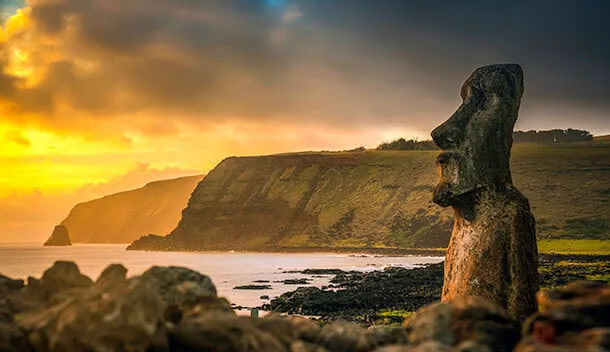
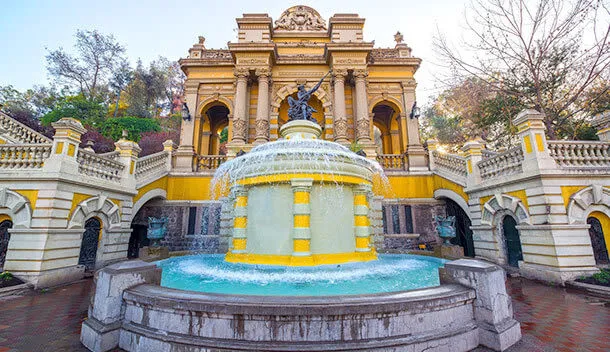
Chile Politics
Except for the rule of General Augusto Pinochet, Chile is one of South America’s most stable countries. This is due to the country’s organized political structure. Chile has three central governmental bodies: the executive, judicial, and legislative branches. Chilean presidents serve four-year terms upon election. Immediate re-election post-term is prohibited in Chile. However, as in the case of the current President, Sebastián Piñera, a previously elected president can run for re-election after a four-year term gap. The President is in charge of the government’s general administration and creating and approving laws. Additionally, the President appoints regional authorities and ministers.
Economy of Chile
Chile has one of the strongest economies in all of the Americas and, notably, the strongest economy in South America. Chile’s economy proves to be the most competitive, year after year, in Latin America. It continuously has low levels of corruption, robust government systems, economic freedom, and an abundance of resources. The economy is primarily composed of its copper, mineral, wine, and agricultural exports. Though the country has faced recent backlash for its income inequality, its financial independence ranking has gone up over the last few decades.
Regions of Chile
Atacama & Northern Chile
In the North, there is the majestic Atacama Desert, the driest desert in the world. Here, stargazing is considered to be some of the best in the world. Thanks to a lack of pollution and the desert’s dry terrain, Atacama has the clearest night skies on the planet.
Andes Mountain Range
This mountain range runs all along with Chile from north to south. The peaks of over 20,000 feet (6000 m) can be found between Santiago to Puerto Montt, which is from the Central Zone to the northern edge of Zona Austral. The Andes are called Cordillera de los Andes or Los Andes in Spanish.
The Central Valley
This region is home to over 100 volcanoes, as well as numerous glaciers and flat areas that support local cattle, horses, and sheep. The central valley starts from north of Santiago and ends near Puerto Montt, at the start of Zona Austral. This narrow valley has a maximum width of only 50 miles (80 km).
Chilean Coastal Range
The Chilean Coastal Range is a mountain range that runs parallel to the Andes mountain range but follows the Pacific coast. The highest peaks are near Santiago de Chile at over 10,200 feet or 3110 meters and end at the Chile Triple Junction.
Southern Chile & Antarctica
At the southern tip of Chile’s mainland is Punta Arenas. Located along the Strait of Magellan, which connects the Atlantic and Pacific Oceans, this region of Patagonia is incredibly unique. Nearby is also the southernmost point of South America, Cape Horn, a 1,390-foot (424 m) rock on Horn Island in the Wollaston group. Often the base for expeditions to Antarctica and nearby glaciers, Puntas Arenas and the rest of southernmost Chile provide plenty of adventure opportunities, whether it be trekking, penguin and whale spotting, or scenic, glacial cruises.
Chile also claims over 482,628 sq mi (1,250,000 sq km) of Antarctic territory; the Juan Fernández Islands, about 400 mi (644 km) west of the mainland; and Easter Island, about 2,000 mi (3,219 km) west.
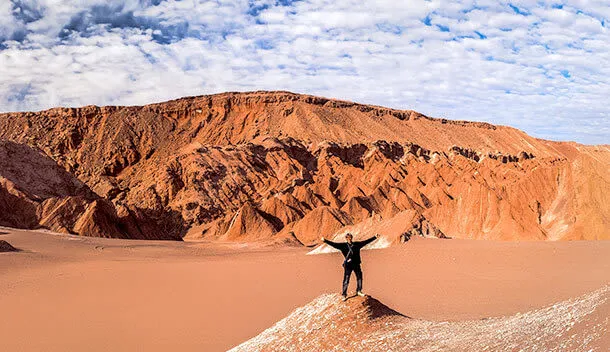
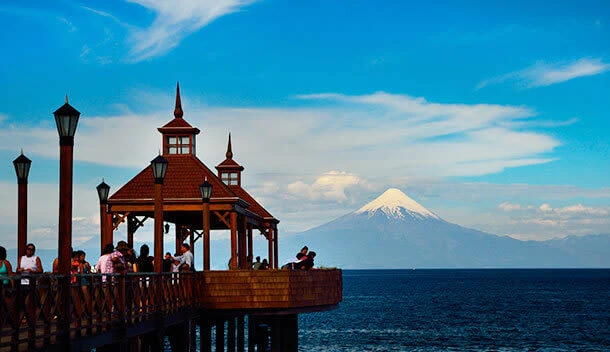
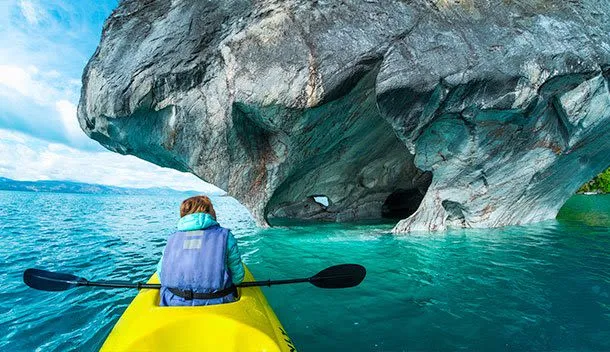
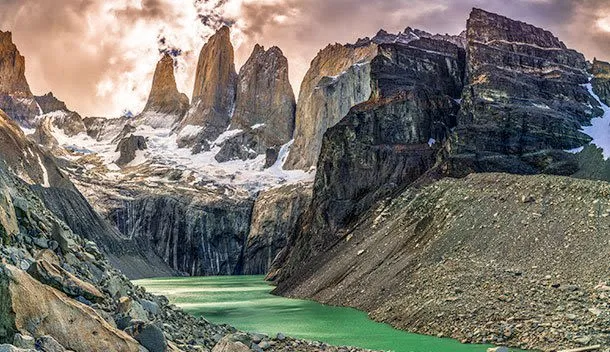
Chile Environment
Stretching across the southwest of the continent and bordering Argentina, Bolivia, and Peru, Chile’s geography is incredibly diverse. This is evident in its varying landscapes, from the dry Atacama desert in the north to Cape Horn’s icy waters in the south. Chile is primarily known for its low mountains and fertile plains, housing its immense agricultural system. However, along its eastern border is the towering Andes Mountain range. Find snow-capped peaks, some of the tallest in the world. In the south, discover peninsulas, glaciers, and fjords.
Chile Wildlife
Chile is home to various species, ranging from birds, aquatic life, and land mammals. Chile is unique because it hosts several endemic species such as the Darwin Fox, the Chilean Dolphin, and the Chilean Woodstar. Endemic species require increased protection from human and other animal interactions to preserve the wildlife. Other popular species include the Cougar, Guanaco, Blue Whale, Chilean Flamingo, Vicuna, Magellanic Penguin, and the Andean Condor. No matter the region visited, travelers are guaranteed a unique glimpse into Chile’s wildlife.
Tourist Attractions in Chile
Since the 1990s, Chile tourism has been economically beneficial for the country. With its diverse geography and comfortable weather, it offers destinations for travelers all year long. The country offers cultural and natural places of interests, and the main tourist attractions can be listed as follows:
- Santiago: the most visited city in Chile, and the capital, is a sprawling, modern metropolis and the epicenter of Chilean culture. Enjoy a growing gastronomy scene, historic colonial center, modern skyscrapers, and the towering Andes mountains just at Santiago’s doorstep.
- Valparaiso: located just an hour outside Santiago along the Pacific coast, featuring European architecture, street art, and beaches.
- Chiloe Island: located in the south, this archipelago features naturally beautiful islands, a warm local culture, and 16 UNESCO registered churches.
- Easter Island: home to once one of the world’s greatest mysteries, the Moai heads, Easter Island is filled with ancient history, indigenous culture, and unique, volcanic terrain.
- Atacama: the world’s driest desert and clearest night skies are an ideal destination for stargazing. There are also plenty of hiking opportunities, unique geography, and vast salt flats to enjoy.
- Patagonia: the Southernmost region of the continent has numerous cities to use as your base for exploring the phenomenal nature – Punta Arenas, Puerto Natales, and Puerto Montt are the most popular.
- Chile Wine Regions: there are over ten wine regions to enjoy in Chile, most within a few hour’s drive of the capital. Each wine region has its own unique soils, terrain, and specialty wines.
Transportation in Chile
Chile is well connected by public transportation, with the majority of travel being accessible by road. Bus routes from all over the country can get you to nearly any destination within Chile. In major metropolitan areas, like the capital Santiago de Chile, commuting is made easy by an incredibly efficient metro system and bus routes. With over 100 stations in the capital, and several significant stations supplying metro, train, and bus routes all around the country, visitors can quickly get around. Additionally, there is currently construction on a high-speed rail connecting the major Chilean cities expected to be complete in 2027, increasing the current 50 million riding passengers to 150 million.
Chile Culture
Fine art and the performing arts are central to Chilean culture. The Chilean Academy of Painting, established in 1849 has inspired and produced brilliant artists and painters. Several Chilean painters have achieved fame outside the country, particularly in Europe and the United States during the twentieth century. Discover brilliant art collections by Nemesio Antunez, Claudio Bravo, and Roberto Matta. Gabriela Mistral and Pablo Neruda are two famous Nobel Prize-winning Chilean poets whose literary work has a significant influence on Chilean culture and history.
Pablo Neruda’s house in Valparaiso has been welcoming visitors as a museum for years. The Museums of Fine Arts and the Museum of Contemporary Art in Santiago are also must-sees, featuring collections of major Chilean painters since the 19th century.
Thinking About Visiting Chile?
Contact a Chile Travel Expert
We Love to Talk About Vacation Ideas!
Thinking of traveling to South America? We take your South American travel dream and make it a reality. Every fully custom South America trip is planned by your own expert personal Travel Consultant.
